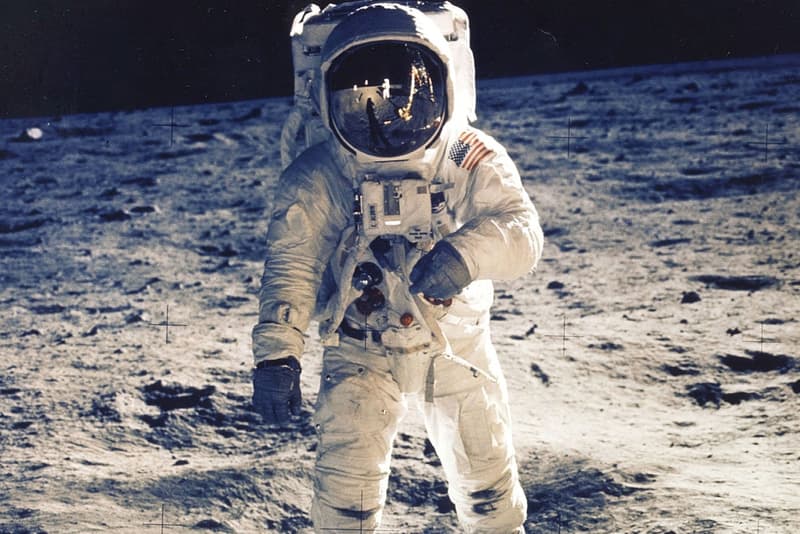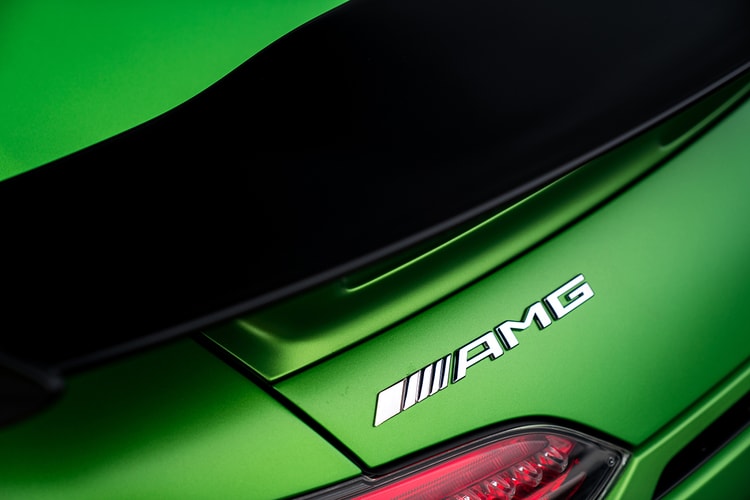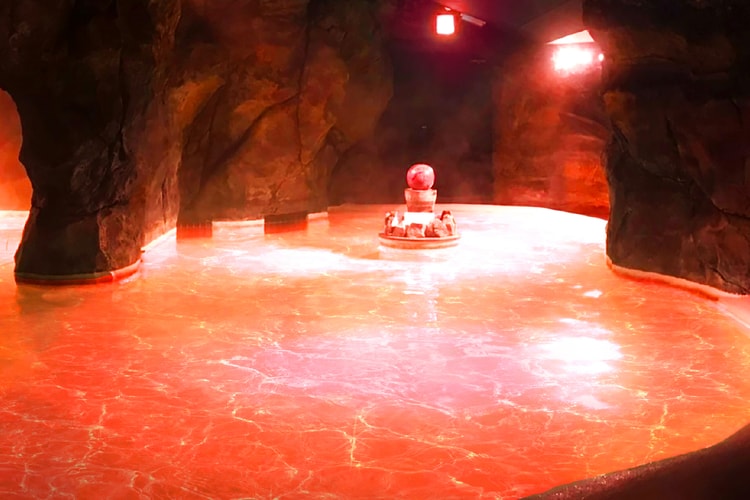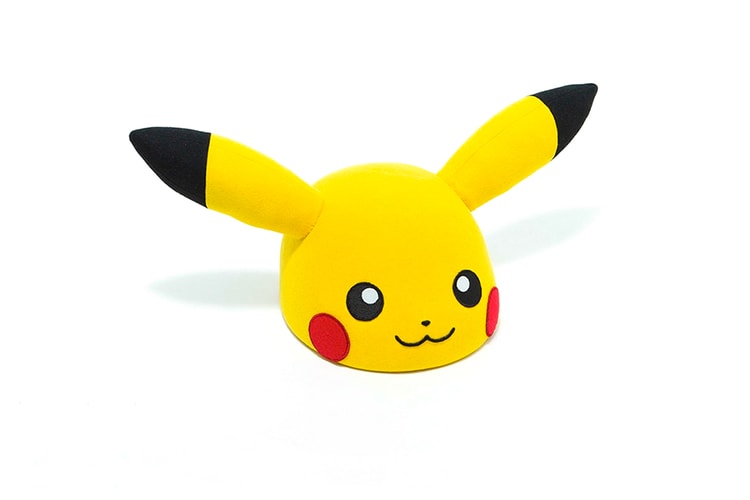N.A.S.A. Is Updating Its Guidelines for Exploring Other Planets
Space will be easier to visit – just don’t make a mess.

For over fifty years, N.A.S.A. has maintained a strict “planetary protection” protocol for its astronauts to follow whenever they visit other planets. Based on the Outer Space Treaty, it’s intended to keep humans safe from new life forms while in space, and also to prevent us from contaminating other planets with our own microbes.
Now, N.A.S.A. is updating its guidelines for the first time in decades, after years of requests from the space exploration industry to amend its protocols. In a webinar announcing the proposed changes, N.A.S.A. administrator Jim Bridenstine said, “We need to make sure that the United States of America, through N.A.S.A. and its policy directives, that we are leading, and that’s really what we’re trying to achieve here.”
The first significant change will involve reclassifying parts of the Moon, so that there are fewer restrictions for sending people there. In short, it would make the moon much more accessible, apart from areas of it where there could theoretically be water, like the inside of craters and the lunar south pole.
The second major change will allow human missions to Mars in the future. It is currently designated as one of the most likely sites where life could be found, meaning it has a high risk for contamination. Nevertheless, N.A.S.A. is keen to explore more of the planet’s surface. “We will continue to refine, make adjustments, and then, as much as possible, open it up to where there’s more access for more people; I should say, more missions,” said Bridenstine.
However, the agency has also stressed that the guidelines will be under continuous review as more information on potential life forms becomes available. “These are not policy directives,” Bridenstine said. “They’re not set in stone.”
While you wait to be able to visit Mars, you can already take a trip to the edge of space with the Neptune Space Balloon.














